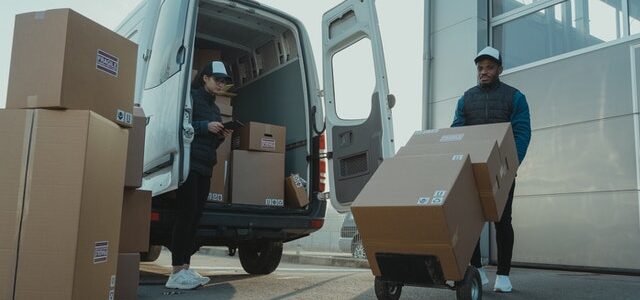A Global Awakening
With climate change at the forefront of global discussions, individuals and corporations are searching for ways to reduce their environmental footprint. The conversation isn’t just about conserving water or using eco-friendly products; it’s also about rethinking processes in industries that you might not initially consider.
One of these processes is the method by which companies handle returned goods. Organisations that master this side of their business always have an edge, particularly as it pertains to waste management practices and sustainable frameworks for material use.

Why Returns Matter
To the average consumer, returning a product might seem like a straightforward process. You didn’t like it, it didn’t fit, or it was faulty, so back it goes. But, behind the scenes, the fate of this returned item is a maze of decisions and actions. Historically, many returned goods ended up in landfills. The environmental impact of such practices, especially given the surge in online shopping and consequent product returns, is considerable.
Enter Reverse Logistics
Harnessing the power of reverse logistics isn’t just about handling product returns. It’s an intricate dance of receiving, processing, refurbishing, recycling, reselling, or even donating. It aims to ensure that products, materials, and parts achieve their maximum usage and value throughout their lifecycle.
For instance, consider a scenario where a popular shoe brand receives a batch of returned footwear due to minor aesthetic defects. Rather than discarding them, reverse logistics might involve refurbishing these shoes and selling them at a discount or donating them to those in need.
Environmental and Economic Benefits
- Resource Efficiency: Products that are refurbished and resold reduce the need for producing new items, thus conserving raw materials and energy.
- Waste Reduction: Properly processing returns ensures fewer items end up in landfills, significantly decreasing environmental harm.
- Cost Savings: Companies can recoup potential losses by refurbishing and reselling products or by harvesting parts for use in other items.
The Challenges Ahead
While the benefits are evident, the implementation of reverse logistics isn’t without its challenges. Properly training staff, investing in necessary infrastructure, and educating consumers about the importance and benefits of sustainable return practices are all critical steps in the process.
It won’t become an overnight fix. With plenty of cost of living pressures and struggles with supply chain issues, it will require diligence, persistence and work for the cause to ensure that these measures have lasting results.
Summary
At a time when sustainability is more than just a theory, practices like reverse logistics are a testament to how industries can evolve to be more responsible. Every returned item has a story and a potential future; it doesn’t have to be the end of its journey. As consumers, understanding and appreciating the efforts behind these processes can lead to more informed decisions.
For those businesses willing to invest in and pioneer sustainable supply chain practices, the rewards, both environmentally and economically, can be substantial. Owners and managers should embrace this evolution and research methods and practices that apply to their situation.
With a little endeavour and foresight, commercial outlets can operate to their maximum capacity while looking out for their own financial position. It can be a win-win for all parties involved.